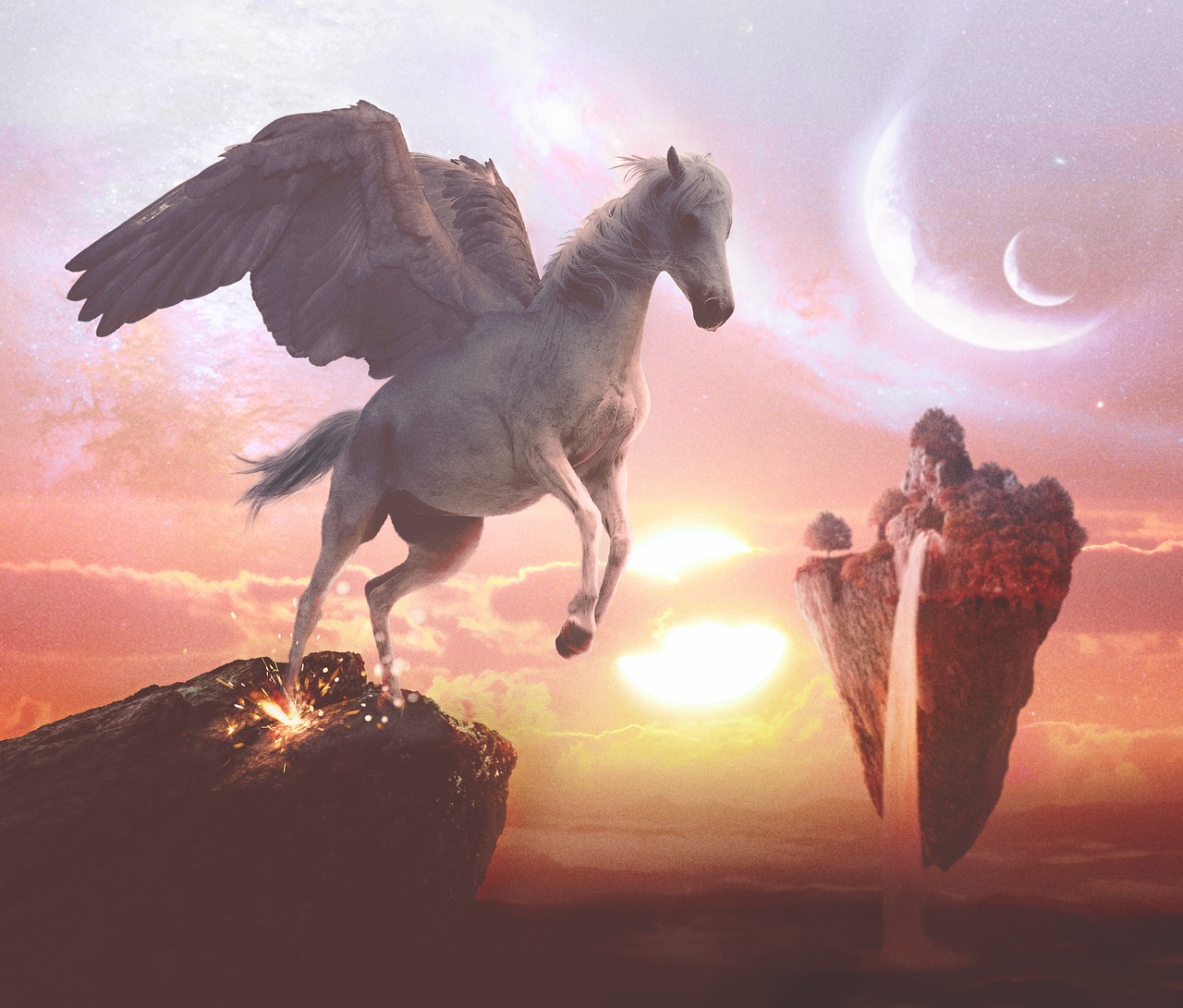The Tale of Hodr and Baldur in Norse Mythology
Hodr, pronounced “HO-der,” is a figure from Scandinavian mythology primarily recognized through a singular event: the demise of the god Baldur. There are two main accounts of this tale, each presenting a distinct interpretation of events.
The more recognized narrative originates from the Prose Edda, compiled by the medieval Icelandic scholar Snorri Sturluson. In Snorri’s rendition, Baldur is depicted as an amiable and innocent deity who dreams of his own impending death. To protect him, his mother Frigg secures promises from every entity in existence, ensuring none would cause harm to her beloved son. Notably, she neglects to request an oath from mistletoe, viewing it as innocuous due to its small size. Loki, the cunning trickster, seizes on this oversight, crafting a spear from the mistletoe.
As the gods partake in a jovial game of throwing various objects at Baldur—none causing him any injury—Loki approaches Hodr, portrayed as blind and somewhat naive. Deceiving him into thinking he is contributing to the merriment and honoring his brother, Loki assists Hodr in launching the mistletoe spear. The fatal impact of the spear on Baldur leaves everyone present in shock, as he collapses lifelessly.
In the aftermath, Hodr faces retribution from Baldur’s avenger, Vali, who appears to have been born for this exact purpose.
Conversely, Gesta Danorum, penned by the Danish historian Saxo Grammaticus, presents a different narrative where Hodr plays a far more assertive role. In this version, known as Hotherus, he is a compelling warrior embroiled in conflict with Baldur, stemming from rivalry over the beautiful maiden Nanna. Aware of Baldur’s supernatural invincibility obtained from a mystical food, Hodr embarks on a treacherous journey into the underworld. There, he acquires a magical weapon capable of overcoming Baldur’s might. In a decisive battle, Hodr ultimately inflicts wounds on Baldur, who succumbs days later, only for Hodr himself to be killed by Baldur’s avenger, referred to as “Bous.”
While both accounts hold similarities that suggest a shared core narrative, they differ significantly in how they characterize Hodr. If only Snorri’s interpretation persisted, the tale would lack depth, omitting nuances that Saxo’s retelling provides. This reflection emphasizes the importance of not accepting primary sources at face value as definitive truths of the ancient Nordic perspective. They reflect aspects of the northern European worldview but are often obscured by layers of later interpretation.
Consequently, the preservation of these narratives warrants a cautious approach. By synthesizing elements common to multiple sources, one can piece together a fuller understanding of the mythology. However, when introducing unverifiable details, it should be done judiciously, acknowledging the potential for distortion.
In seeking further insights into Norse mythology and beliefs, this site serves as a valuable resource, while supplementary literature, such as “The Viking Spirit,” offers an in-depth introduction to these themes.



